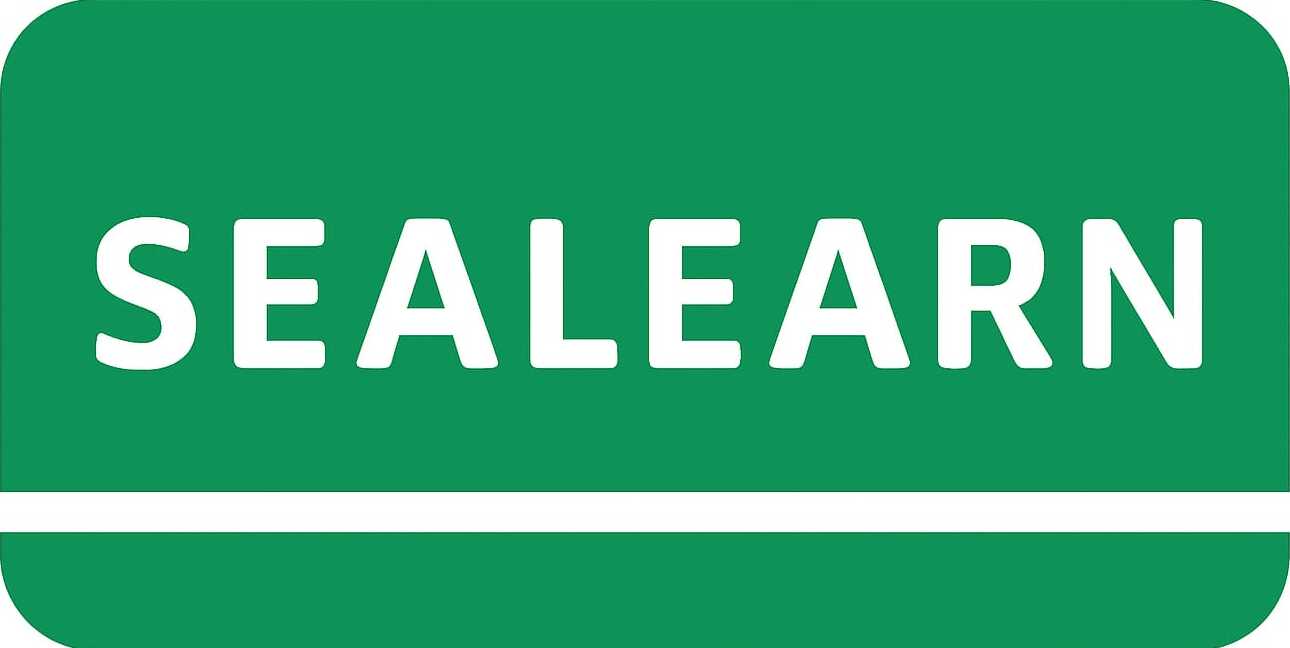SeaLearn Academy
Navigation simulator courses

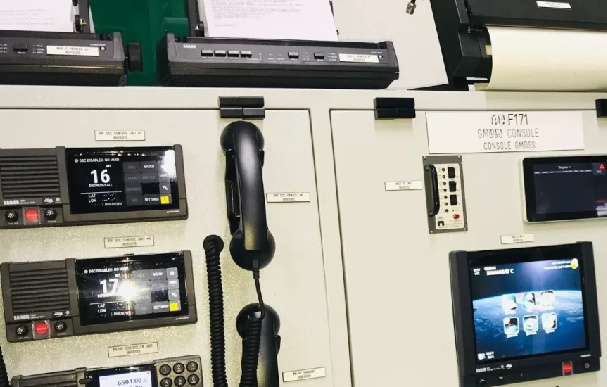
Global Maritime Distress and Safety System
This simulator course enables the seafarer to acquire the required knowledge, competence, and skill to operate a GMDSS system used for communicating and relaying safety, urgency and distress messages to shore stations and nearby ships in the vicinity. This General Operator Certificate (GOC) course (including exams) is mandatory for Deck Cadets appearing for their Certificate of Competency exam under STCW Regulation IV, Section A-IV/2. This course is designed and delivered as per IMO Model course 1.25.
Eligible Documents : Valid COC, Seaman’s discharge book, International Passport, 2 passport photos.
Initial course fee : ₦350,000.00
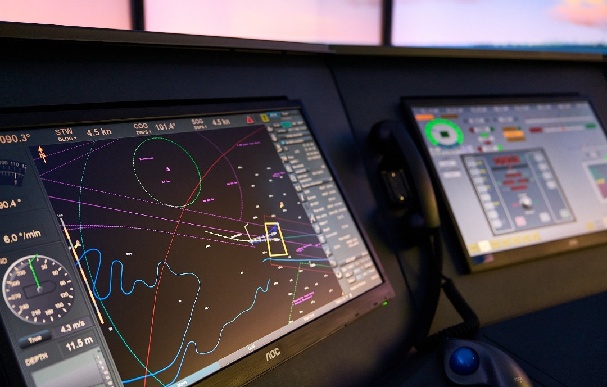
Electronic Chart Display and Information Systems
The ECDIS course is a generic training program that teaches maritime officers to safely and effectively use the Electronic Chart Display and Information Systems (ECDIS) as the primary means of navigation. It covers the operational use of Electronic Navigational Charts (ENCs) and Raster Navigational Charts (RNCs), covers the differences between ECDIS and ECS. This simulator course provides Navigation watchkeepers with the required knowledge, understanding, and proficiency in the use of ECDIS, in compliance with STCW Tables A-II/1, A- II/2, and A-II/3, and IMO model course 1.27.
Eligible Documents : Valid COC, Seaman’s discharge book, International Passport, 2 passport photos.
Initial course fee : ₦220,000.00
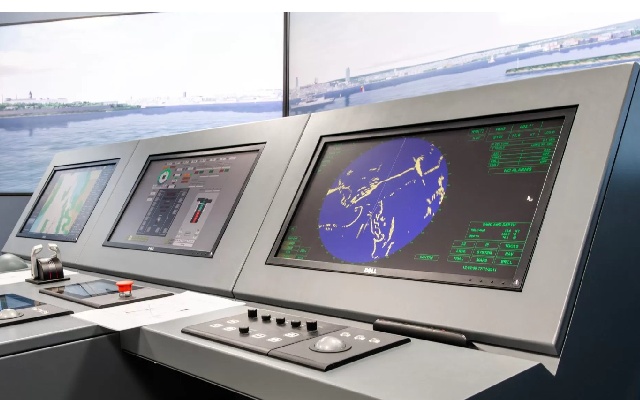
Radar Navigation at Operational Level – Radar Navigation, Radar Plotting and Use of ARPA
Based on IMO Model Course 1.07
This course is for junior deck officers (officers in charge of a navigational watch) and covers the fundamentals of using Radar and ARPA. This course fulfils the mandatory minimum training requirement under STCW Regulation II/1 and Section A-II/1 and A-II/3, for trainees to correctly interpret radar information and understand the limitations and accuracy of the equipment and be able to operate Radar and ARPA systems effectively to maintain safe navigation. The course is designed and delivered as per IMO Model course 1.07.
Eligible Documents : Valid COC, Seaman’s discharge book, International Passport, 2 passport photos.
Initial course fee: ₦150,000.00
Radar Navigation at Management Level – Radar, ARPA, Bridge Teamwork and Search and Rescue
Based on IMO Model Course 1.08
Eligible Documents : Valid COC, Seaman’s discharge book, International Passport, 2 passport photos.
Initial course fee: ₦150,000.00
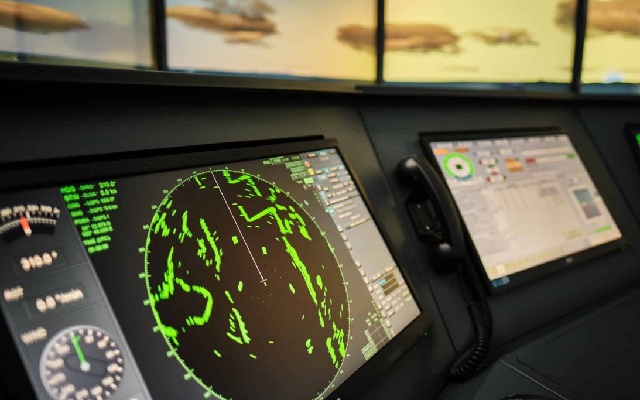

Radar Navigation at Management Level – Radar, ARPA, Bridge Teamwork and Search and Rescue
Based on IMO Model Course 1.08
Eligible Documents : Valid COC, Seaman’s discharge book, International Passport, 2 passport photos.
Initial course fee: ₦150,000.00
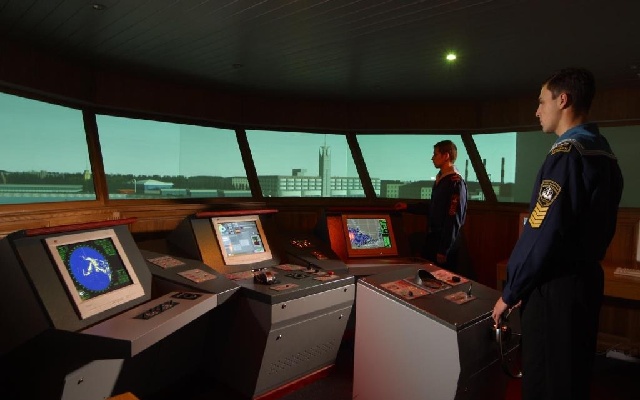
Bridge Team and Resource Management (BRM) – Operational Level
Clear definition of bridge team roles and decision-making models
Fatigue, stress, and workload management to maintain operational performance
Communication protocols, including briefing and debriefing techniques
Real-time simulator scenarios to practice and enhance bridge teamwork
Initial course fee : ₦150,000.00
